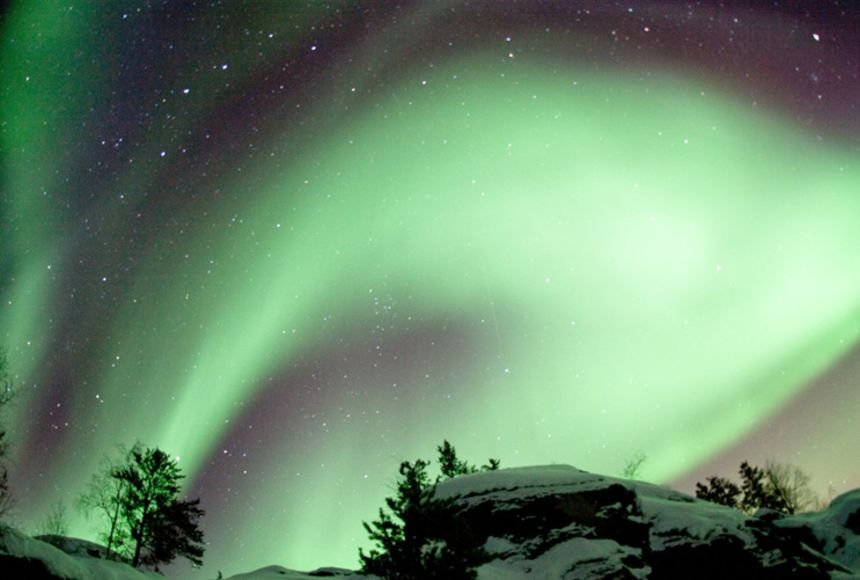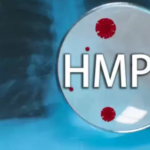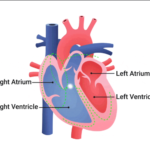The hues in the upper atmosphere Aurora Borealis range from green to purple, red, yellow, and yellow.Because solar winds propel electrically charged particles towards Earth, we are able to see the Northern Lights.The spectacular display of the Aurora Borealis is caused by interactions between the solar winds and Earth’s magnetosphere.But later, more on that. First, let’s discuss the Earth’s magnetic field.
How is the magnetosphere disrupted by solar winds?
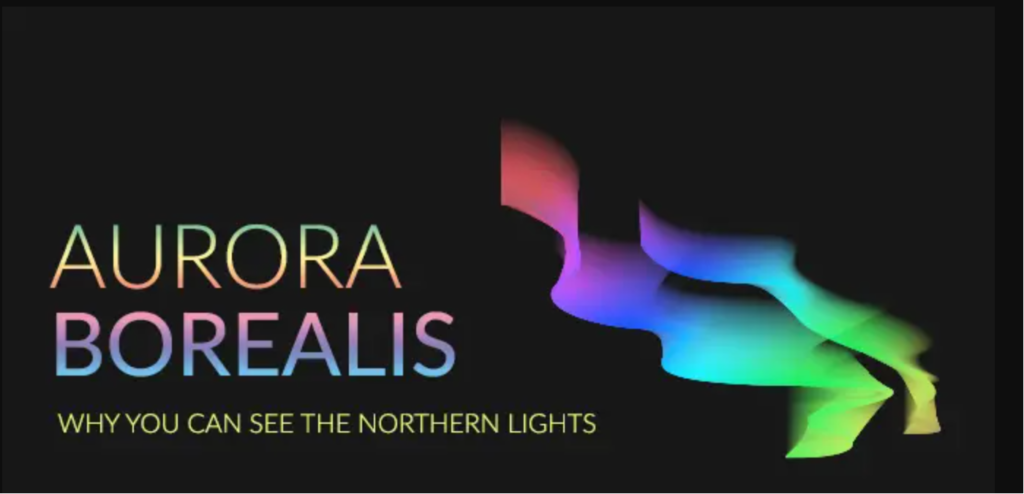
Aurora Borealis
We have a layer in space known as the magnetosphere thanks to the magnetic field. Its range fluctuates, although it can be as far away from Earth’s surface as 65,000 km.The magnetosphere looks like a magnetic dipole from space. Field lines have a circular pattern of resonance. They reverberate from the magnetic poles rather than the geographic north and south poles.On the surface of the Earth, life is made possible by the magnetosphere. Earth would be exposed to solar and cosmic radiation from the sun without it.
“Contributing makes me feel like I’m being useful to the planet. During magnetic storms, trapped plasma flashes lights that are observable around the globe. This disturbance in the magnetosphere is what creates the Aurora Borealis.”
Why do pitch lines get traversed by solar winds?
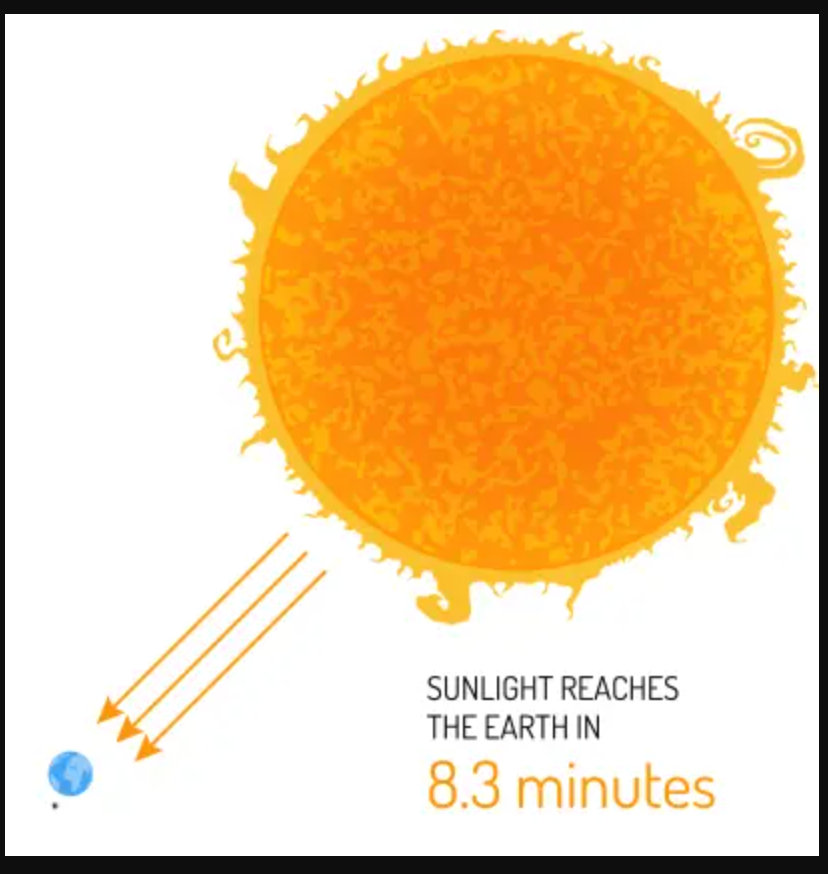
As the sun emits solar winds, it sends lots of other energy and small particles our way.
SOLAR WINDS: The magnetosphere, our shield, is struck by these solar winds as they approach Earth.
FIELD LINES: However, the waves do more than merely strike the surface. The magnetosphere is struck by them. The waves move through the Earth’s atmosphere along the magnetic field lines. The magnetic poles are where these field lines converge, which explains why the Aurora Borealis sparkles most brilliantly there.
LIGHT DISPLAY: Here, it reacts with nitrogen, oxygen, and other elements to produce a stunning show of lights in the sky.
Why do the colours and forms of the aurora borealis vary?
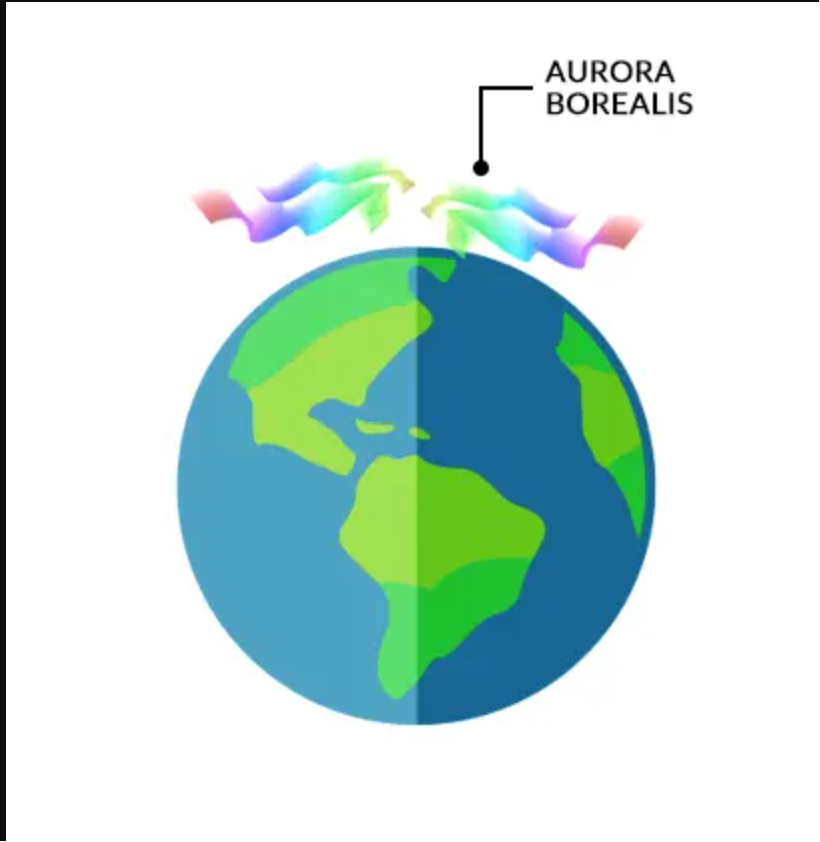
Aurora Borealis
As we now know, the stunning northern lights are created when charged particles combine with gases. However, why do the colours of these charged particles differ?The gases that are present in the atmosphere are the primary determinant. For instance, red and green light are emitted by oxygen. But nitrogen has a purple and blue glow.The form is determined by several things. The aurora borealis appears like a ring encircling the magnetic pole from space. Depending on where the electrons come from in the magnetosphere, it produces different shapes.
Do other planets have Aurora Borealis?
Not just on Earth may one see the Aurora Borealis. Similar light displays can be found on other planets in our solar system.
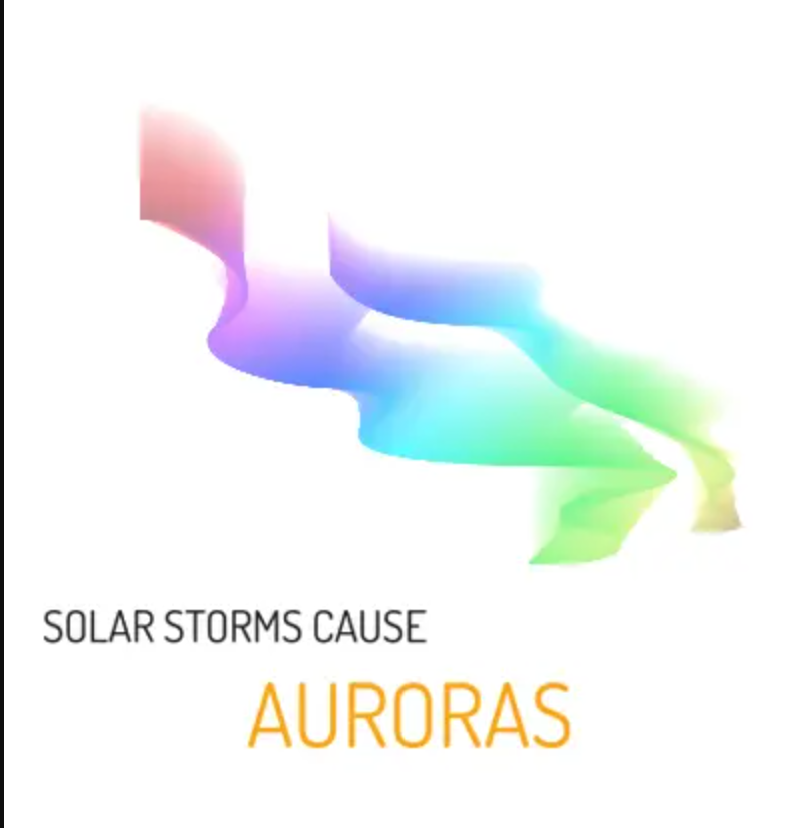
JUPITER: On Jupiter, for instance, massive auroras are caused by solar storms. In actuality, due of its enormous size and increased electrical potential, it lights far brighter than Earth.
SATURN: The aurora on Saturn can only be seen in ultraviolet light. This indicates that in order to view it, specialised equipment is needed.
MARS: The aurora on Mars is even more peculiar. It glows solely on the side of the planet that receives sunlight, according to scientific observations.
The most breathtaking sights in the sky are auroras. They have a lot to teach us about our planet and may be observed from particular parts of the globe.
Conclusion
The Northern Lights, a stunning result of the interaction between the Sun, Earth’s magnetic field, and the atmosphere, continue to captivate and inspire observers worldwide. Their ethereal beauty and the science behind their occurrence make them one of nature’s most extraordinary spectacles, leaving viewers in awe of the wonders of our planet and the universe beyond.
FAQ:
1. Where can you see the Northern Lights?
The Northern Lights are most commonly visible in regions near the magnetic poles, which include the Arctic regions of northern countries like Canada, Norway, Sweden, Finland, and Alaska in the United States. However, during periods of high solar activity, they can sometimes be seen at lower latitudes.
2. When is the best time to see the Northern Lights?
The best time to witness the Northern Lights is during the winter months when the nights are longest. In the Arctic, from September to April is considered prime aurora season, with peak activity around the equinoxes (March and September).
3. Do the Southern Hemisphere have their own version of the Northern Lights?
Yes, the Southern Hemisphere has its counterpart to the Northern Lights, known as the Aurora Australis or Southern Lights. It occurs around the Antarctic Circle and shares a similar scientific explanation with the Northern Lights.
4. Are the colors of the Northern Lights always the same?
No, the colors can vary depending on the type of gas and altitude at which the collisions occur. Oxygen at higher altitudes tends to produce green and red colors, while nitrogen can create purple, blue, and pink hues.
5. Are the Northern Lights a rare occurrence?
The Northern Lights are not extremely rare; however, their visibility depends on solar activity, weather conditions, and your location. In some regions, they are visible more frequently than in others.
6. Can the Northern Lights be predicted?
Scientists can forecast the likelihood of Northern Lights activity by monitoring solar activity and geomagnetic conditions. Various websites and apps provide real-time aurora forecasts to help enthusiasts plan their aurora-chasing adventures.
Also read : Ozone Layer: A Hole In The Earth’s Protective Shield







